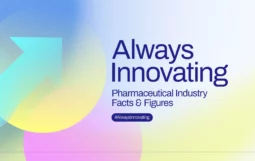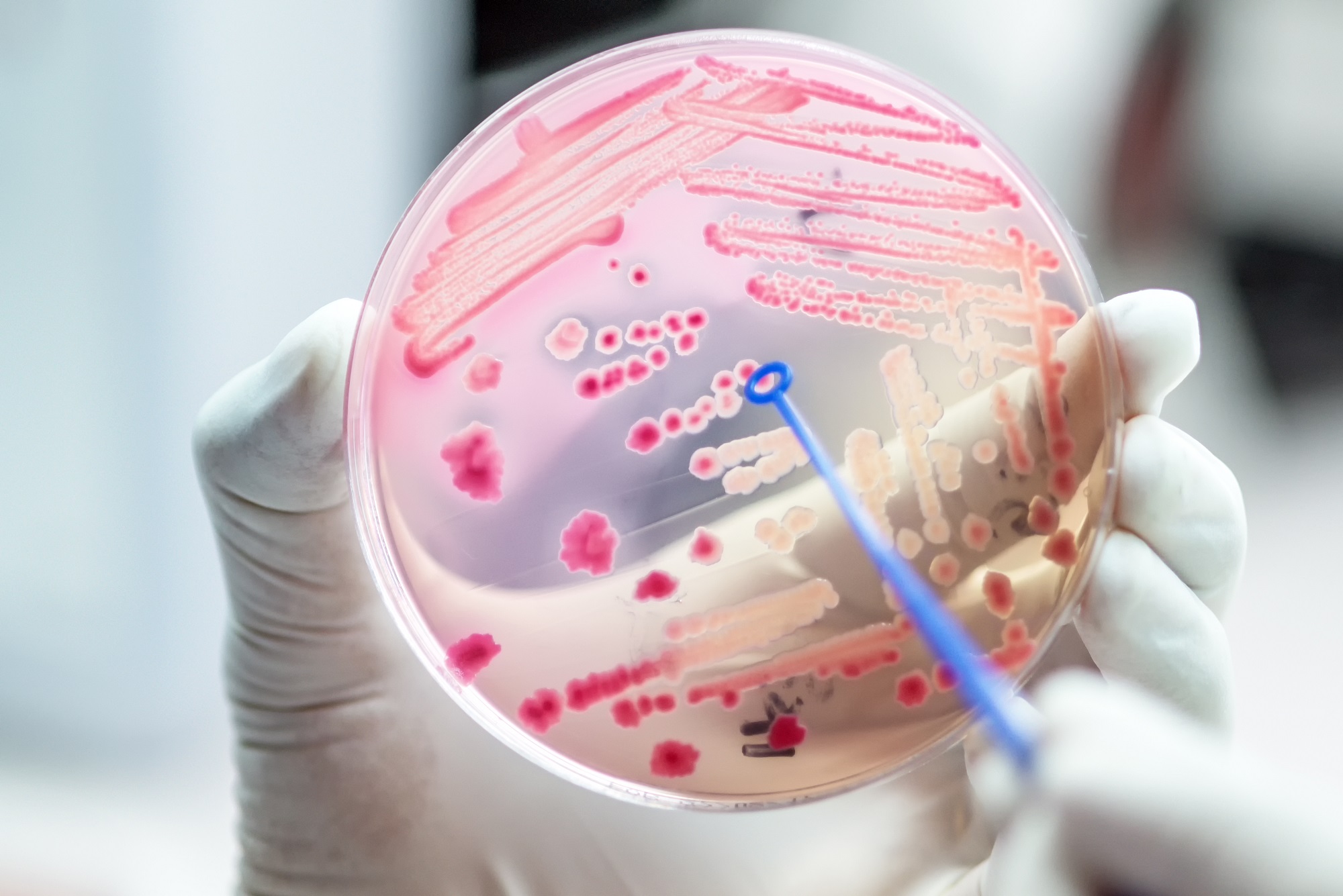Developing new antibiotics – the next great challenge
For a long time, the world has recognised the threat posed by antimicrobial resistance (AMR) but the pipeline of new antibiotics to tackle it remains too weak.
The WHO has recognised AMR as one of the urgent health challenges of the decade. But, while we have seen progress in tackling this looming catastrophe in some areas, there is one that remains woefully unaddressed – enabling the development of new antibiotics.
Research and development for AMR
There is growing consensus that we need to address the unique market dynamics of antibiotics, where new ones are only used in the direst of needs, in order to attract investment into R&D and build a pipeline. The solution includes new pull incentives, rewarding successful development and rebuilding investor confidence as well as changing how we value antibiotics and how we pay for them. Antibiotics do much more than prevent individual infections – they are critical enablers of many routine procedures and treatments through pre-emptive use or as accompanying therapy.
The 2015 WHO Global Action Plan on AMR includes as one of the five objectives the need to develop an economic case for sustainable AMR R&D investment. While many reports in recent years have demonstrated the need for policy reforms in the space, progress has been slow. Unsurprisingly, the 2021 AMR Preparedness Index discovered that, overall, countries’ performance was the weakest in this category.
Leading by example
Thankfully, some leading countries are stepping up. The draft US PASTEUR Act proposes a broad reward range for new antibiotics that would address public health needs. Non-private procurement would proceed through a subscription model, whereby a fixed fee is paid to access as much antibiotic as is reasonably needed by the health system.
The UK has shown good leadership on AMR under their G7 presidency this year and is piloting a novel subscription model that considers additional value elements and has the potential to help reinvigorate the pipeline – but only if all leading countries follow suit.
There is only so much time left. In 2020, the biopharmaceutical industry stepped up and created the AMR Action Fund, a USD 1 billion breakthrough initiative to bridge the funding gap. But policy makers and governments need to act too. Now.
This op-ed was originally published for Media Planet’s AMR Campaign on 18 November 2021.
Author






